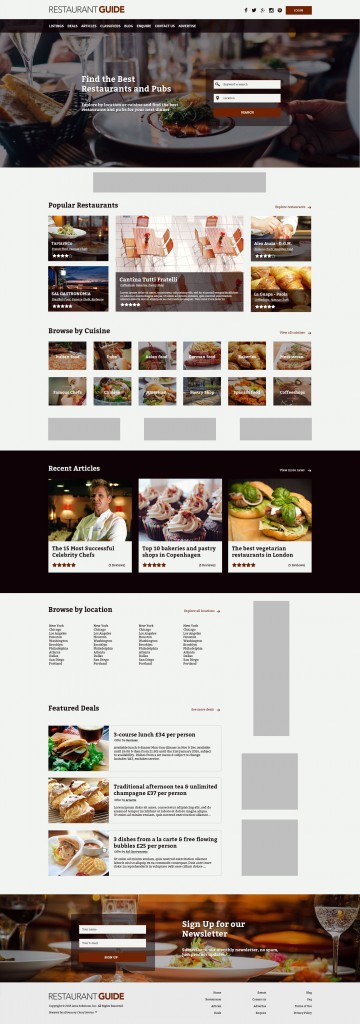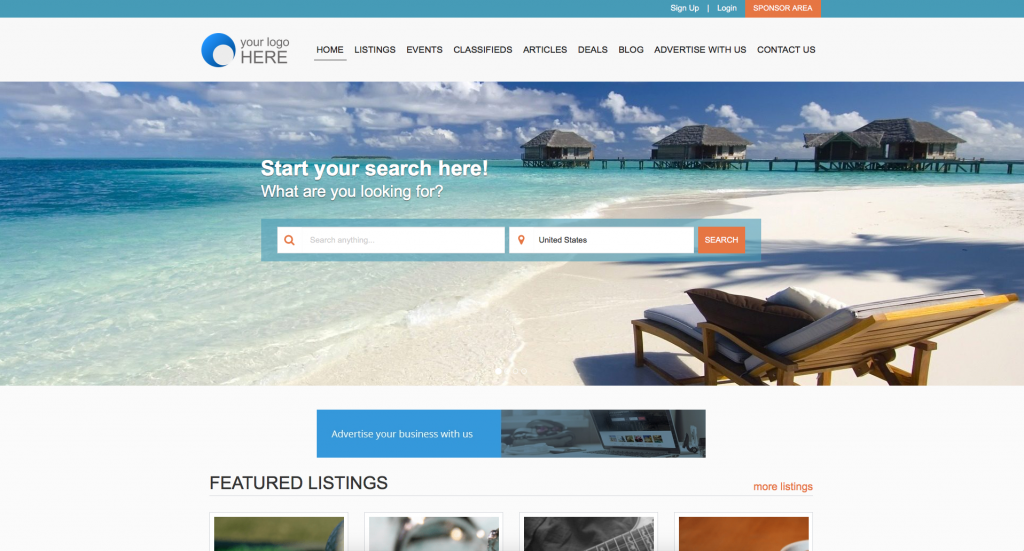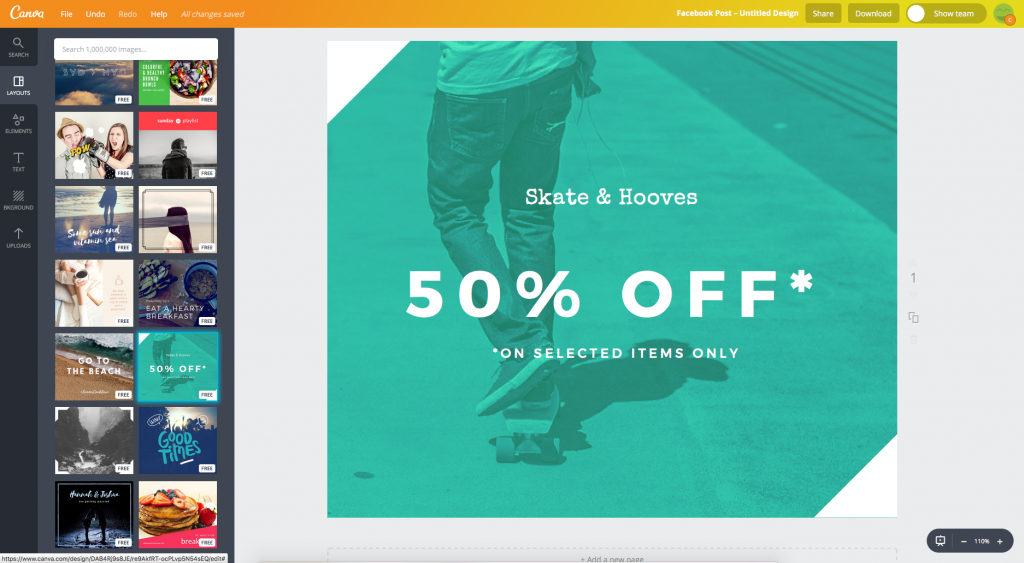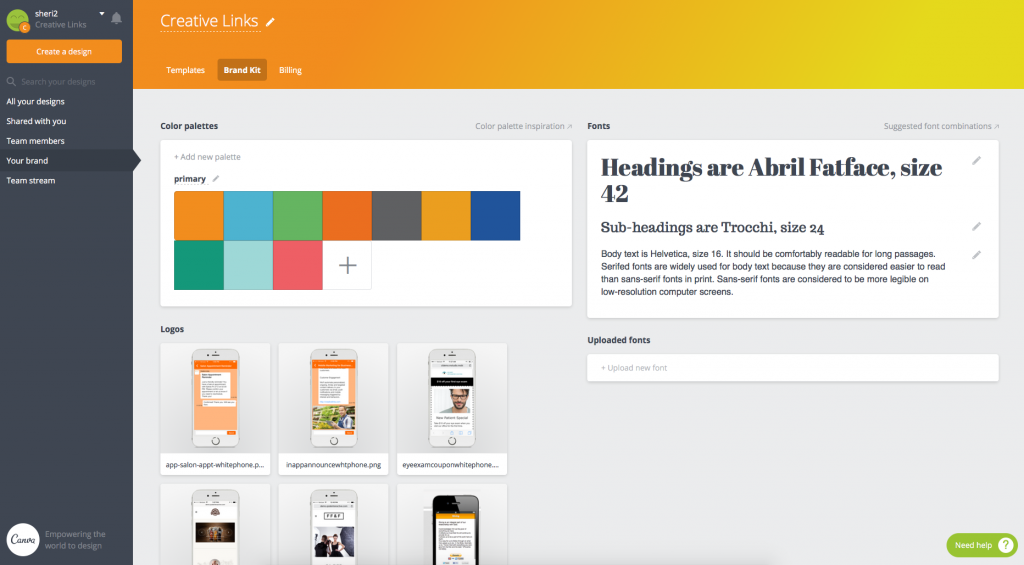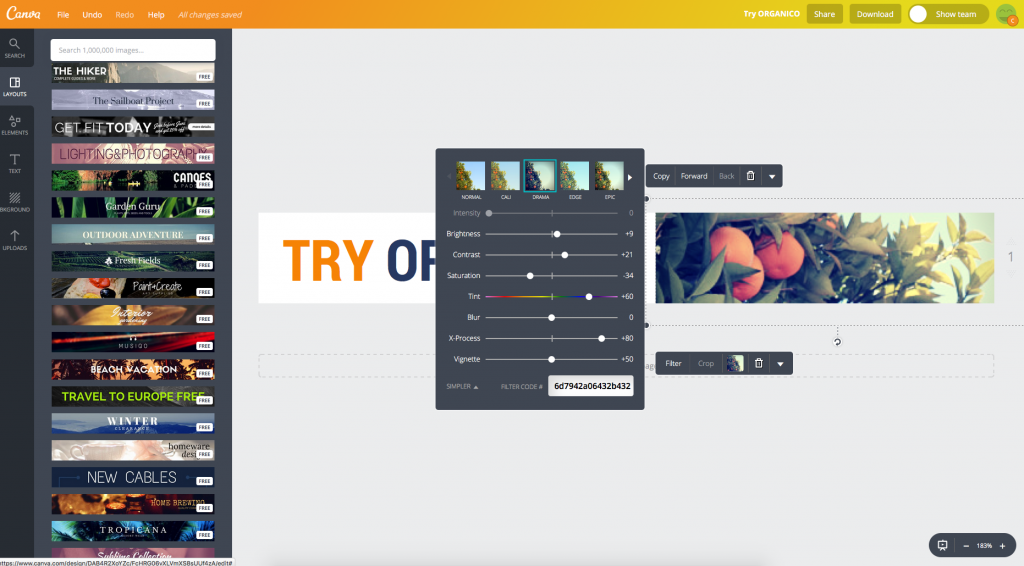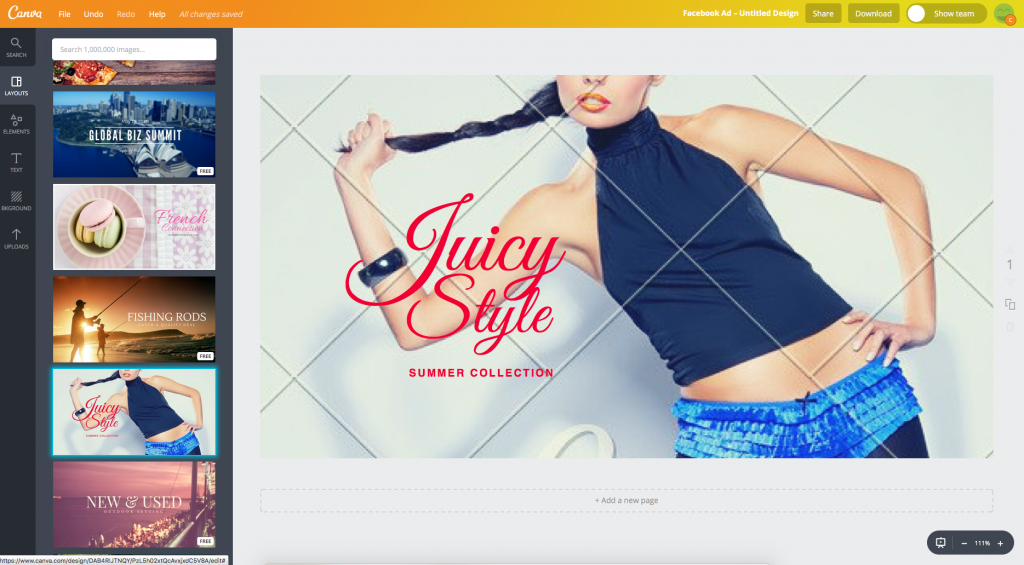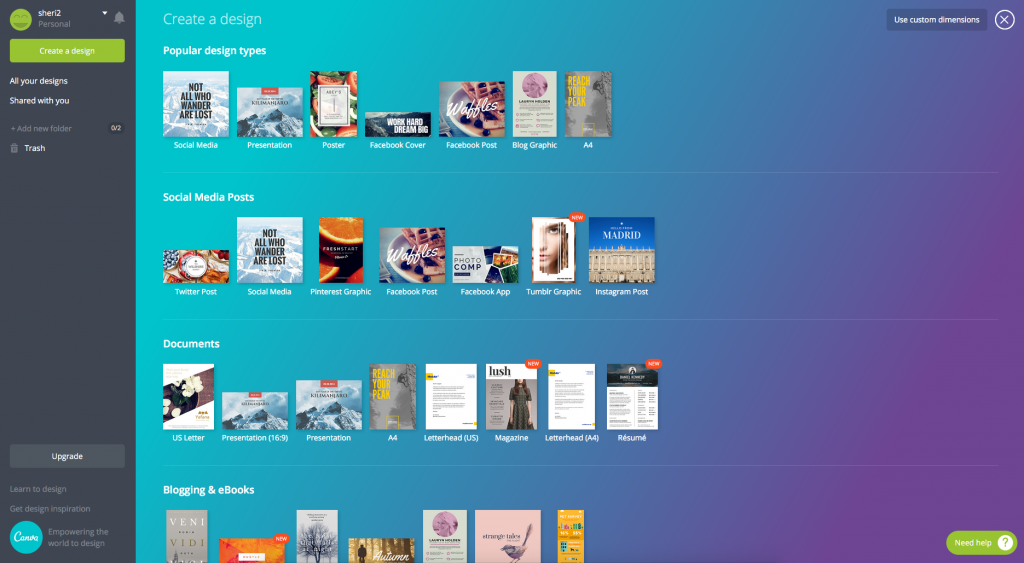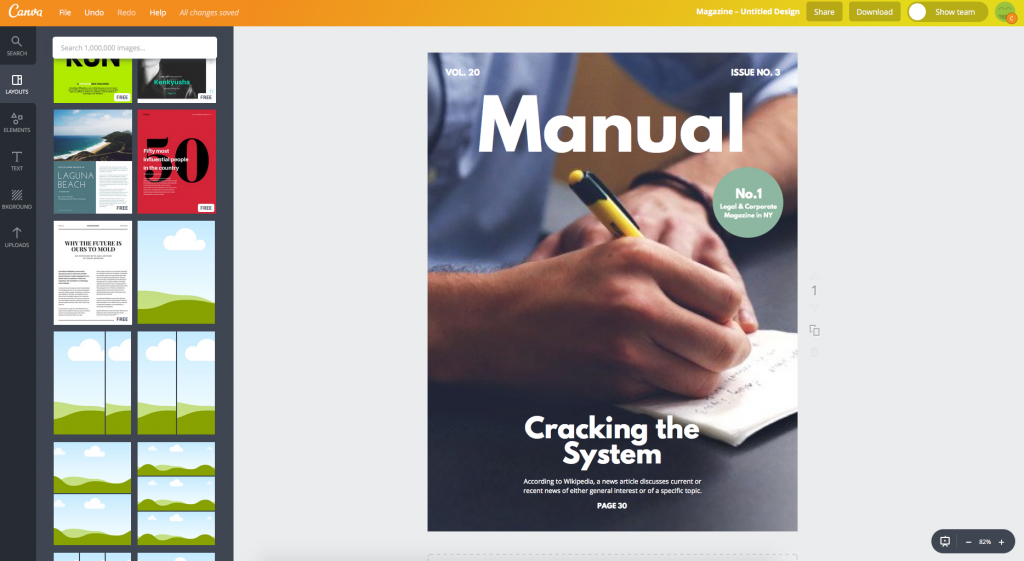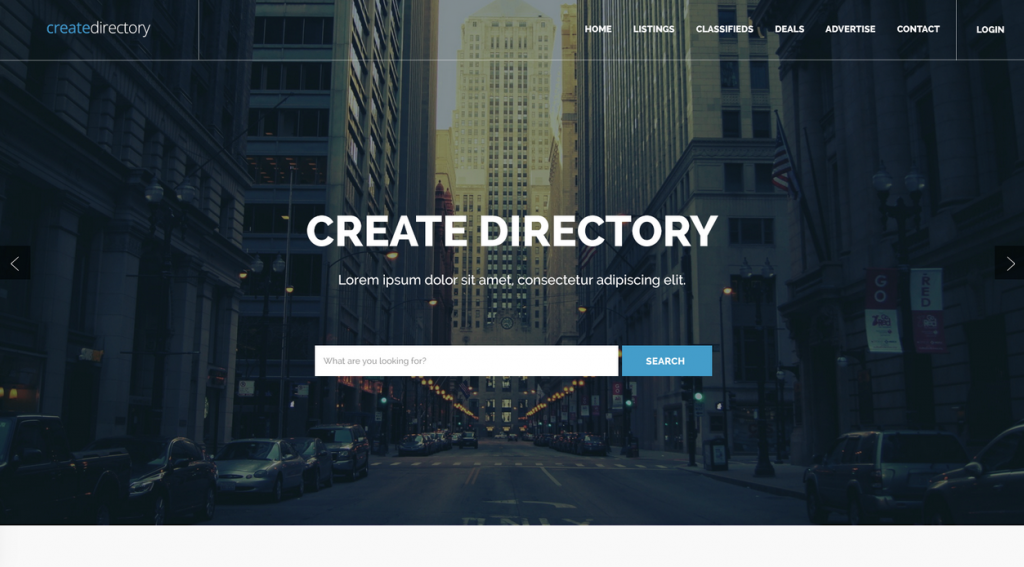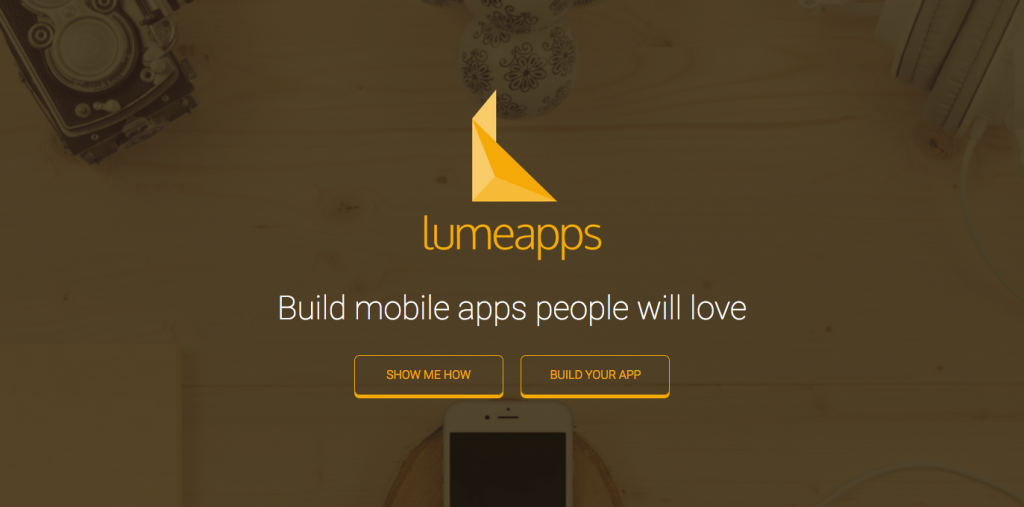Keeping track of your site’s search engine optimization (SEO) can be difficult enough without having to spend so much time compiling the data for your links, page/domain ranks, indexing status and more. Luckily there is an abundance of tools online to make sure your data is accurate and organized while saving you an abundance of time.
These tools are critical to your organic search strategy because they allow you to focus on the elements of your site that Google and other search engines deem important.
Here are 10 of our favorite SEO tools:
1) Google Webmaster Tools
Cost: Free
A no-brainer, right? Google’s Webmaster Tools is probably the best way to understand the way Google sees your site and get insight into how your site will rank. The Tools include beginner-friendly resources and data that help to explain the fundamentals of Google search and give you a good base to start your SEO research.
Use the Tools to check on your number of pages indexed or use Google’s Fetch as Google tool that allows you to see a particular URL as Google sees it, which is critical when troubleshooting for poor SEO performance. Use the information it provides to modify any pages in question to improve results.
Another great feature of Google Webmaster Tools is PageSpeed Insights. This tool measures the speed of both your desktop and mobile site, which is valued by Google. The PageSpeed scores range from 0 to 100 and the higher the score the better.
2) Moz Pro Tools
Cost: Free 30-day trial, then plans from $99/mo – $599/mo
Moz Pro is an advanced all-in-one SEO tool that will help you track and improve your site’s rankings. Moz has a great set of research tools that enable subscribers to identify SEO opportunities, track links, examine social reach, identify errors, compare against competitors and optimize your overall efforts.
The Moz Pro dashboard will provide you with data on your search visibility, domain authority, site visits over time, keyword rankings, external links and more. There is also a Crawl Test tool that employ’s Moz’s own web crawler, nicknamed RogerBot, to analyze up to 3,000 links on a URL of your choice. Once completed, you will then receive an email report that details the data for each page the site links to. This is very useful to identify crawlability factors such as duplicate content and redirects that could be influencing your SEO performance.
3) Woorank
Cost: Free 14-day trial, then $49/mo for a Pro Plan or $149/mo for a Premium Plan
Woorank’s provides in-depth site analysis to help site owner find opportunities for improvement. This analysis is easy to understand and divided into eight sections: Marketing Checklist, SEO, Mobile, Usability,Technologies, Social, Local, and Visitors.
Such a wide range of information and insight makes it easy to always find new opportunities and discover areas for improvement with your site.
4) Check My Links
Cost: Free
Check My Links is a browser plugin that allows you to check if the links on your webpage are functional and working properly.
While checking for broken link it easy for anyone controlling a site to make corrections or double check before a page goes live. The tool will highlight all the good links in a green color, and those that are broken in a red color, which makes it easy to spot the ones that don’t work or are no longer active and need to be updated or removed.
5) SEO Report Card
Cost: Free
With SEO Report Card you can analyze your site to determine how well it stacks up against some chosen competitors.
The SEO Report Card will supply you the following:
- Rank Analysis: A snapshot of how your website ranks on Google, Yahoo, and Bing! based on the keywords you provide.
- Link Building: The number of websites that link back to your site.
- On-Site Analysis: Tracks how well you have incorporated your main keyword throughout your site.
- Website Accessibility: Data on your site’s speed and ease of accessibility for crawlers.
- Trust Metrics: Information on your domain’s level of trust and authority.
- Current Indexing: Data for how many of your site pages have been indexed.
6) HubSpot’s Website Grader
Cost: Free
HubSpot, the pioneers of inbound marketing, created the Website Grader. It is an online tool that creates personalized reports based on these areas:
- Performance: Tracking your site’s page size, requests, speed, and more.
- Mobile Readiness: A check to see if your website is mobile-friendly in terms of responsiveness and viewport settings.
- SEO. Tracks data like page titles and meta descriptions to see how easily your site can be found on search engines.
- Security. This checks on the SSL certificate as well as the overall trustworthiness and security of your domain.
Your website URL and an email address is all that you need to get started and they will then provide you with a score (1-100) as well as a detailed report.
7) Screaming Frog SEO Spider
Cost: The Screaming Frog SEO Spider LITE version is free and the paid plan is $160/year
The Screaming Frog SEO Spider is a program that crawls the URLs of the domains you enter for common SEO issues. It saves a ton of time by compiling the data and examining all of the URLs for you.
The Java program is fairly intuitive, with easy-to-navigate tabs. Plus, you can export any or all of the data into Excel for further analysis.
8) Found’s SEO Audit Tool
Cost: Free
The SEO Audit Tool is a tool for site owners looking to identify and fix any SEO errors that may be on their website.
Simply enter your URL and receive an SEO audit with information for three main areas:
- Technical issues: This looks for errors with things like domain canonicalization and XML sitemaps.
- Content issues: This focuses on keywords and meta data for your site.
- External link analysis: This evaluates the quantity and quality of your external links.
9) Varvy’s SEO Overview Tool
Cost: Free
This SEO auditing tool provides users with analysis for your domain strength, links, image SEO, social counts, page/technical SEO, page speed, and more.
The complete report dives fairly deep into different aspects of your website’s performance and provides colored indicators to help you identify any issues.
One of our favorite features is the detailed image overview. This section focuses on the images on your website by analyzing the alt text. It checks to see if you are using too many words, missing alt text, or if the alt text appears weak, the tool will notify you so that you can make any necessary changes.
10) Remove’em
Cost: $249 per domain or a subscription option starting at $99/mo
Artificial or unnatural links (such as purchased links and spammy content) can seriously damage your SEO and do harm to your search rankings. Remove’em is a tool to help you clean up any of these damaging links.
Remove’em will scan your backlink profile and create a list of contact information for the links and domains that you should reach out to have removed. Plus, you can also use the tool to export the list of links to have Google disavow them using this tool. (With this tool you can ask Google not to take them into account when assessing your site.)
 Interested on having this Wedding Directory Theme? If you are new on eDirectory, signup today! Already a customer and ready for v11.1? Request your upgrade!
Interested on having this Wedding Directory Theme? If you are new on eDirectory, signup today! Already a customer and ready for v11.1? Request your upgrade!

